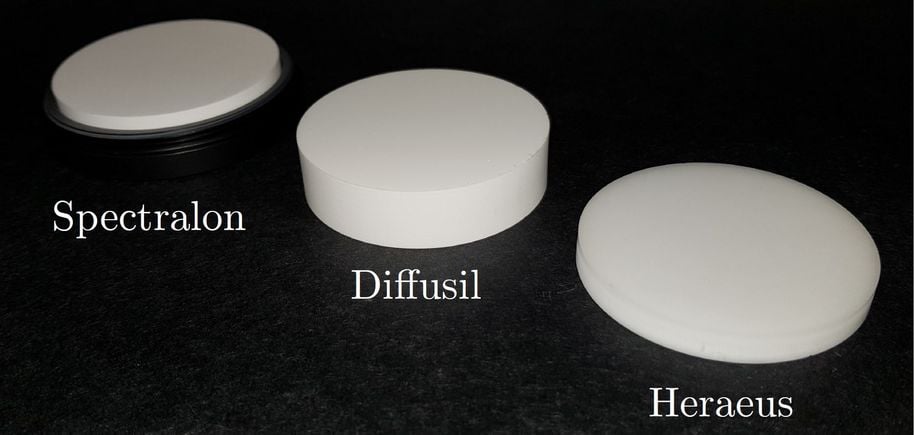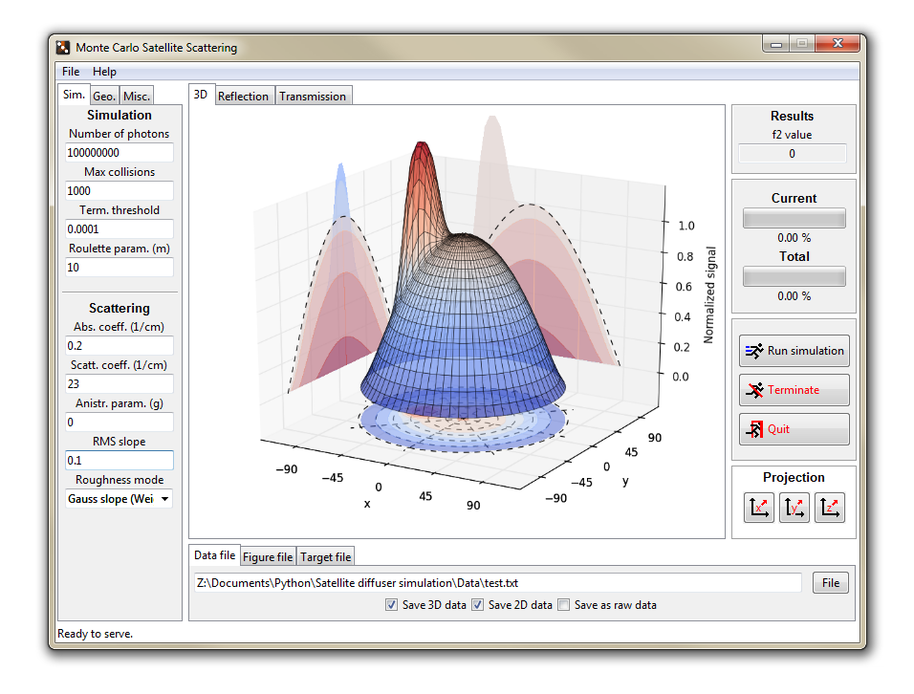MetEOC2 (2014-2017)
Background
The aim of the project was to improve the accuracy of satellite measurements that are vital for climate change monitoring. This is achieved by developing new systems and techniques for pre- and post-launch characterization and calibration of measurement instruments.
The key activities of Metrology Research Institute in this project are listed below.
UV ageing of satellite diffusers
While satellite instruments are calibrated in laboratories before sending them to orbit, post-launch monitoring of these systems is still of vital importance. This is due the changes that can happen to the measurement systems during launch and in the harsh environmental conditions of space throughout the mission. Diffuser reflectance targets are key components in calibrating satellite sensors used in climate research, agriculture and forest monitoring. Inflight calibration systems use onboard diffusers as references, either as references for satellite Earth-reflectance products, or combined with the known solar spectral irradiance, as references for satellite radiance products. As reflectance targets are so critical for the calibration of satellite sensors, it is essential to known reflectance properties and degradation of these diffusers.

Diffusers studied in MetEOC2 project were Spectralon, state-of-the-art material made of pressed polytetrafluoroethylene and two alternative diffusers Diffusil, and Heraeus, made of pure synthetic fused silica glass with tiny gas bubbles inside. The diffusers were characterised for the resistant to hydrocarbon contamination [1] and angular speckle correlation angles [2]. Based on the contamination tests, Spectralon degrades faster than fused silica diffusers. The main problem with diffuser speckle is that it leaves slowly varying systematic deviations in the measured spectra, and enhanced towards near-infrared region.
Contact person: Anna Vaskuri
Software for simulating satellite diffusers
To study the reflectance properties of the potential new diffuser materials and to determine whether they can be used in post-launch monitoring applications, a simulation software was made. The software works by tracing the potential paths of photons in the the diffuser structure. The software can be used to calculate the angular reflectance distribution of radiation in various geometries and for different types of diffuser materials. By optimizing the material and the structure of the diffusers in the software before producing the actual diffuser element, the time and monetary costs of trial-and-error based optimization can be avoided.
Contact person: Tomi Pulli

More information about the project can be found at the project website:
http://www.npl.co.uk/science-technology/earth-observation-climate/projects/meteoc-2/
References
[1] A. Vaskuri, C. Greenwell, I. Hessey, J. Tompkins, and E. Woolliams, "Contamination and UV ageing of diffuser targets used in satellite inflight and ground reference test site calibrations," Journal of Physics: Conference Series 972, 012001 (2018).
[2] A. Vaskuri, C. Greenwell, and E. Woolliams, "Setup for studying speckle noise of spectroradiometer diffusers in Earth observation applications," Journal of Physics: Conference Series 972, 012002 (2018).
- Published:
- Updated: